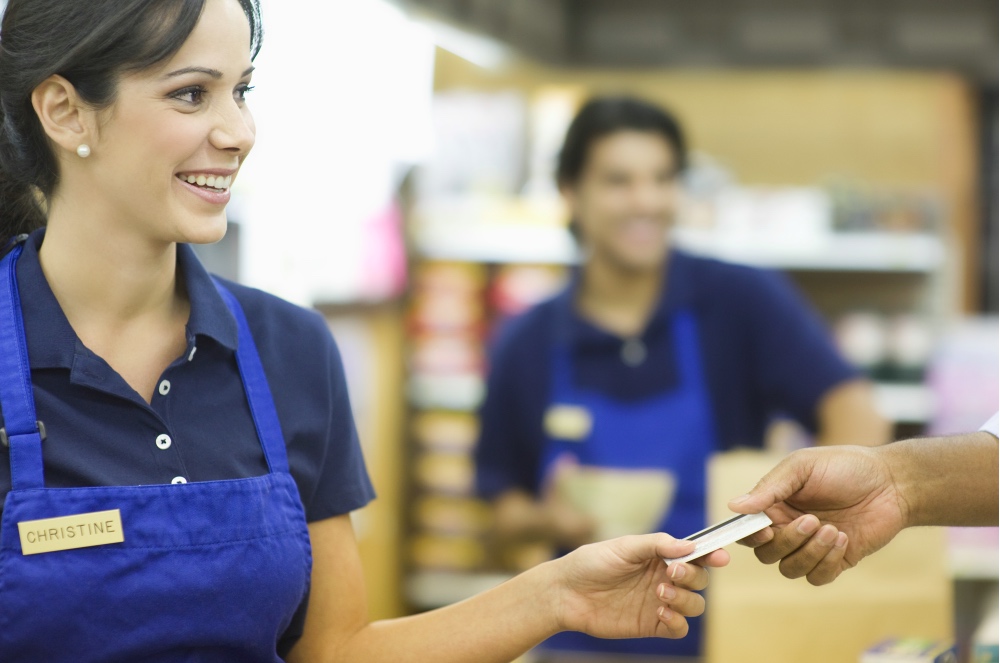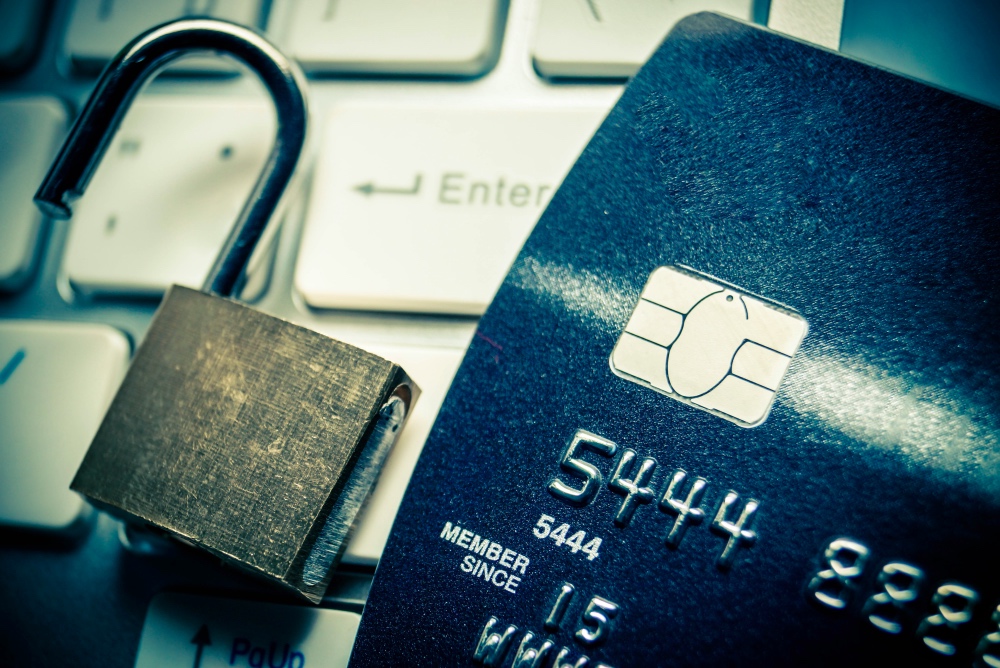The feeling of walking into a physical shop. The anticipation one has of finding the item they want, inspecting it, then taking it to a register to purchase it. They have become memories of a bygone era. Or have they? Brick-and-mortar retailers find themselves in an awkward position in the age of the internet. The advent of online services and retail sites have put their offline counterparts in a difficult situation.

In late September, 2017, retailer Toys ’R’ Us filed for bankruptcy amid mounting debt and pressure from nervous suppliers. The toy retailer is but one of the 20 companies that are closing stores during the year. BCBG listed liabilities worth more than $500 million when it filed in February, and CVS closed 70 of its stores in a bit to cut cost and streamline business. But physical stores do not have to go the way of Kodak film, Betamax, and the Walkman. There are ways for offline retailers to stay relevant in the digital age. These are the challenges they must overcome in order to thrive in the digital age.
Coupons and Loyalty Programs
One edge that brick-and-mortar shops have over their online counterparts is their use of loyalty programs and coupons. Market research from iVend Retail revealed that 80% of an offline retailer’s business comes from the loyal 20% of their customer base. However, one might counter that loyalty rewards and discount cards will only take up already cluttered wallet space. Not to mention, disparate currencies such as loyalty points or in-store credit require the customer to keep track of various payment cards and their values.

There is a clear need for a solution that digitizes physical cards, such as gift cards, loyalty reward cards, and private-label cards in a unified, secure digital wallet. A unified digital currency, aggregating various cards, would reduce friction and contribute to a seamless customer experience.
Customer Experience
According to Jim Cusson, president of Theory House, customer experience is the strongest lever, if not the only lever, that brick-and-mortar stores can pull over online retailers. He goes on to state that customers still crave the physical touch and discovery of items in an offline shop, such as trying on a new piece of clothing. Interactions with salespeople also lend a social, human factor that is absent in online shopping.
Of course, the very reason why brick and mortar is declining is because of friction within customer experience. There are no lines at online checkout, nor are there customers struggling to produce the exact change from their wallets, much less the wallets themselves.

Such issues would call for integration with virtual Points of Sale (PoS), like Nordstrom Rack’s solution. Nordstrom has dealt with overcrowding by equipping their sales representatives with iPads, enabling the checkout process to happen anywhere in the store with anyone, thereby eliminating lines.
Integration would be invaluable to improve customer experience, as one-click pay and auto-pay would cut down lines, reduce staff requirements for checkout, and free up real estate in-store.
Security
As with most internet-based mobile solutions, security is an important factor. In 2013, Target had to pay $18.5 million to 47 states and the District of Columbia for a settlement over a huge security breach that compromised the data of millions of customers. The company reported in December 19th, 2013, that 40 million customers had their credit card details stolen, and weeks later announced that 70 million customers’ personal information (such as email addresses and phone numbers) were exposed.

Attorneys General in Connecticut and Illinois conducted an investigation that revealed that attackers had accessed a customer database from a third-party vendor, allowing them to steal the credentials.
A technology exists whereby a customer’s information is not easily exposed to potential attackers. Tokenization frees merchants from having to keep credit card data within their payment systems, and prevent credit card fraud. Instead of storing the customer’s Primary Account Number (PAN), the number is replaced with a “token” or a series of randomly-generated numbers, which is then passed through the network without exposing real bank details.
Rambus’ Answer: Unified Payment Platform
Rambus’ Unified Payment Platform addresses most, if not all, of these challenges. The platform converts various units of digital value into a unified “currency,” can be integrated with mobile payment products and virtual POS devices, and utilizes tokenization technology to reduce the risk of fraudulent transactions.

